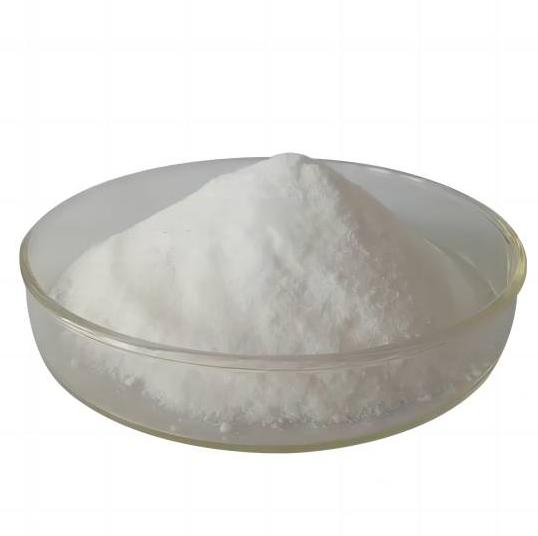What Is Octacosanol?
What Is Octacosanol?
Octacosanol is an organic compound with the structural formula CH3(CH2)26CH2OH, molecular formula C₂₈Hs₆O, molecular weight 410, melting point 81~83℃, specific gravity 0.783(85℃). Appearance is white powder or scale-like crystal, tasteless and odorless. Soluble in hot ethanol, ether, benzene, toluene, chloroform, dichloromethane, petroleum ether, and other organic solvents, insoluble in water. In addition, eicosanol is stable to acid, alkali, and reducing agents, and stable to light and heat, not easily absorbing moisture. Eicosanol belongs to high-grade fatty alcohol, it is a simple saturated straight-chain alcohol, composed of hydrophobic alkyl and hydrophilic hydroxyl, Chemical reaction mainly occurs in the hydroxyl group, esterification, halogenation, thiolation, dehydration hydroxylation and dehydration into the ether and other reactions can occur.
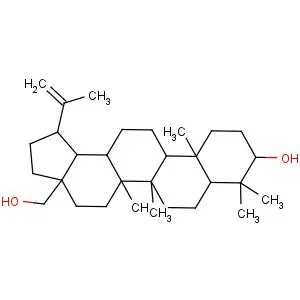
As a naturally occurring high-grade fatty alcohol, Octacosanol is rarely found in the free state in nature, and most of them exist in the form of fatty acid esters in natural products such as cane wax, furfural wax, wheat germ oil, beeswax, and insect wax. It is widely distributed in the epidermis and internal organs of animals, the waxes secreted by insects, and the lipids of roots, stems, leaves, shells, and seeds of plants. Animal lipids (e.g. wool wax, whale wax, fish egg lipids, marine crustaceans) and waxes secreted by insects (e.g. white wax, gum wax, beeswax) can be used as raw materials for the preparation of Octacosanol.
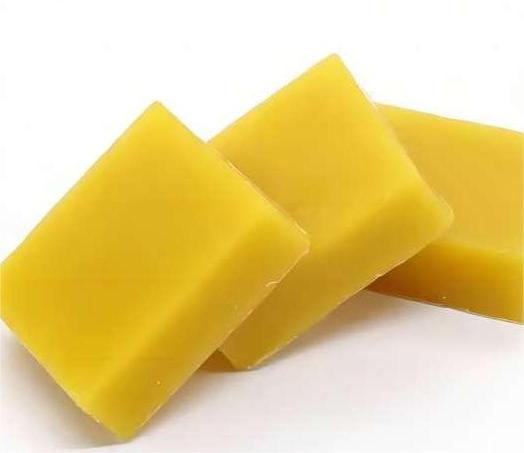
Study on the Benefit of Octacosanol
Octacosanol is a world-recognized anti-fatigue substance, and its main benefits are as follows:
(1) Promote Lipolysis in Hyperlipidemia
After taking Octacosanol, the levels of serum cholesterol and triglycerides decreased significantly, while the level of HDL cholesterol remained unchanged.
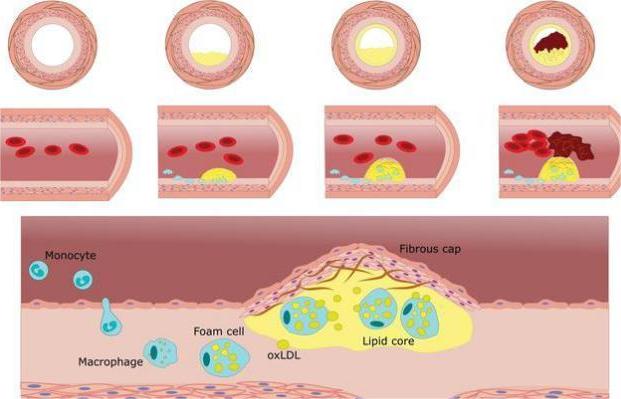
(2) Improve Physical Strength, Endurance and Energy
Liu Yuanfa et al. showed that Octacosanol can significantly increase the swimming time of mice. Huo Junsheng[1] also found that eicosanol can enhance the activity of ATPase and ATP constant in mouse muscle, and increase the rate of energy utilization during muscle contraction and diastole.
(3)Increase the Rate of Energy Metabolism
Eliminate muscle spasms, enhance muscle function including cardiac muscle, and reduce systolic blood pressure.
(4) Improvement of Myocardial Ischemia for the Treatment of Coronary Heart Disease
Using 48 rats, fed high carbon fatty alcohol mixture 2h before isoproterenol induced myocardial infarction, the results show that high-carbon fatty alcohol can reduce the extent of myocardial injury, reduce the number of neutral macrophages and mast cells in the damaged area, which have an important role in myocardial cell injury, and the reduction of the number of neutral macrophages and mast cells indicates the smaller the degree of injury [2]. Long-term treatment of patients with coronary heart disease with high-carbon fatty alcohol mixtures has been shown to accelerate the healing process, which may be related to the improvement of myocardial ischemia [3].
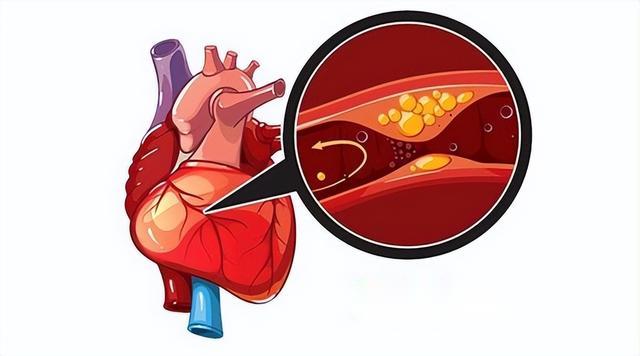
(5) Anti-Coagulant Effect
Animal experiments have found that high-carbon fatty alcohol mixtures have anti-platelet coagulation effects. At a dose of 200mg/kg, it can significantly reduce the mortality rate of Mongolian jumping mice due to cerebral infarction. Aspirin is the most commonly used drug for the treatment of localized ischemia and thrombosis in the brain, and it was found that the high-carbon fatty alcohol mixture had a synergistic effect with aspirin, which significantly protected the animals, probably due to the involvement of high-carbon fatty alcohol mixture in the metabolism pathway of prostaglandins and coagulants [4].
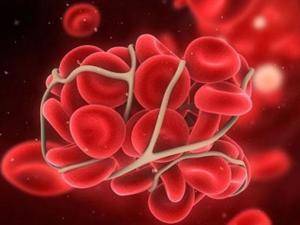
(6) Protecting the Liver
Octacosanol has a significant inhibitory effect on liver cell toxicity induced by galactosamine and thioacetamide and also has a significant protective effect on acute liver injury induced by CCL4.
Octacosanol was first discovered in wheat germ oil by Dr. Cureton in the U.S.A. and was tested on animals and 894 subjects with both natural and synthetic octacosanol in the two decades after 1949. After 42 tests, it was concluded that octacosanol is a biologically active substance with the following effects:
Increases endurance, energy, and stamina; improves muscle strength; improves reaction time, reflexes, and acuity; strengthens heart function; eliminates muscle pain and reduces muscle friction; increases resistance to stresses such as altitude; alters metabolic rate; reduces necessary oxygen demand; stimulates sex hormones; lowers systolic blood pressure.
The above mentioned functions of Octacosanol have been proven in numerous experiments, and Dr. Cureton is known as the "Father of World Health" because of this research.
Octacosanol Uses
As a naturally occurring biologically active substance, octacosanol has been widely used, mainly in food, pharmaceuticals, cosmetics, high-grade feed, and many other fields.
Food Industry
Octacosanol can be used as a functional additive in general food products such as candies, confectionaries, beverages, chocolates and cookies. In Japan, a variety of products containing Octacosanol, such as chocolate, cookies, general confectionery, and beverages, were developed and marketed as early as 1991.
Health Food
As a safe and efficient nutritional supplement, octacosanol is more often used in functional health food. The U.S. and Japan have started early in the development and application research of functional foods with eicosanoids, and the products they have developed mainly include: capsules, nutritional tablets, nutritional granules, liquids, and powders.
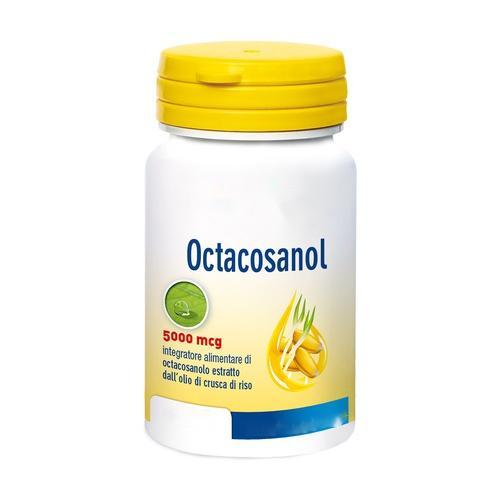
Pharmaceutical Field
Octacosanol is a promoter of calcitonin formation and can be used to treat osteoporosis with hypercalcemia. Octacosanol can also be used to treat high cholesterol and high lipoprotein blood groups [5], and some countries have used it as a lipid-lowering drug 129-31. Laguna 12001 reported the formula of tablets that can reduce serum cholesterol and LDL-C. The main components of the drug are octacosanol, lactose, corn flour, gelatin, and sucrose.
In Cosmetics
Song Jianhua research shows that: octacosanol can promote skin blood circulation and activate cells, anti-inflammatory, prevention and treatment of skin diseases, such as foot fungus, eczema, itching, acne, etc. The Japanese patent reports: that octacosanol containing mixed alcohol can significantly improve cell function activity, and hair loss has obvious therapeutic effects. Japanese patent reports: that containing octacosanol mixed alcohol can significantly improve cell function activity, and hair loss disease has an obvious curative effect. Japan's Funada has a concentration of 12% of the octacosanol on the safety of the skin to do human experiments, proving that its safety is very high. At present, octacosanol has been widely used in hair conditioners, lipsticks, nail polish, and other cosmetics.
Feed Industry
The application of octacosanol in the feed industry mainly utilizes octacosanol to promote animal growth [6], increase animal weight, and enhance physiological functions such as physical fitness and durability. Applied research has shown that the combination of octacosanol and carnitine has a more significant effect on feed. Adding octacosanol to aquatic animal feed can enhance the resilience of fish, especially in winter when the water temperature is low, and can reduce fish mortality. After adding octacosanol to chicken feed, the mortality rate decreases, and the chicken grows quickly and has good uniformity, which has good feeding effects and economic benefits. With the increasing scale, standardization, and technological advancement of the aquaculture and feed industries, the application of octadecanol in the feed industry will be more extensive and in-depth.
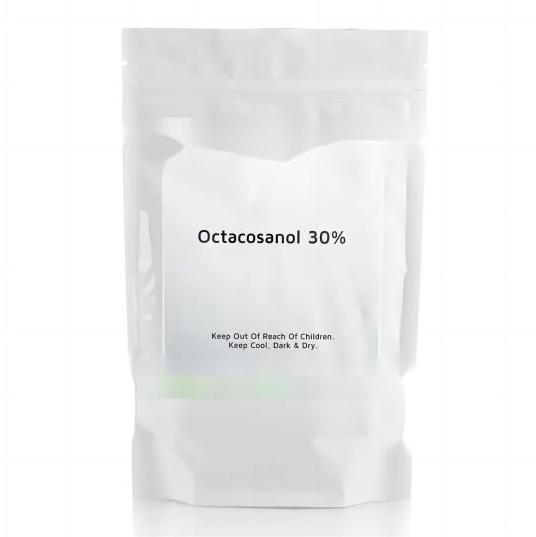
Preparation of Octacosanol
According to the fact that most octacosanol exist in the form of esters in nature and have relatively simple molecular structures, the preparation of octacosanol can be divided into two methods: natural extraction and artificial synthesis.
Representative Processes in the Preparation of Octacosanol:
(1) Supercritical direct extraction of free octacosanol from natural products.
(2) Wax undergoes saponification reaction and organic solvent separation to obtain octacosanol.
(3) The wax undergoes alcoholysis and then vacuum distillation to remove fatty acids and lower alcohol esters to obtain octacosanol.
(4) Wax undergoes acid or alkali decomposition, and octacosanol is obtained through supercritical extraction.
(5) Wax is decomposed by enzymes to extract fatty acids.
(6) Microbial engineering transformation to extract fatty alcohols.
Supercritical CO ₂ Extraction and Separation of Free Octacosanols from Natural Products
Ma Haille et al [7] used supercritical CO₂ extraction to effectively enrich the octacosanol in wheat germ oil. You Pengcheng et al [8] studied the supercritical CO₂ extraction of octacosanol from bagasse as raw material. The results showed that the optimal conditions for extraction were: extraction pressure of 30 MPa, extraction temperature of 50 ℃, and extraction time of 4 h. Gas chromatography was used to analyze the composition of the extracts, and it was found that the content of octacosanol in the extracts was 24.80%. Zhang Hengtao et al. [9] used a supercritical CO₂ extraction process to extract octacosanol from apple pomace, and the test results showed that the suitable conditions for extraction were as follows: extraction pressure of 40 MPa, extraction temperature of 50 ℃, extraction time of 75 min, and flow rate range of 1.5~2.5 ml/min.
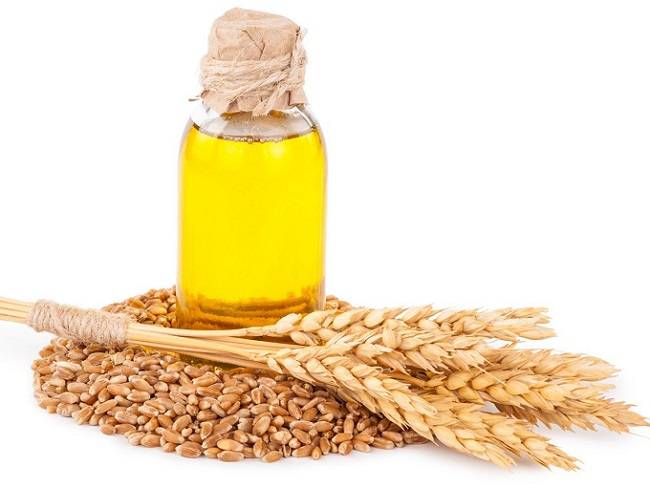
Production of Octadecanol from Rice Bran Wax
Process Flow for Producing Octadecanol from Rice Bran Wax:
Rice Bran Wax → Hydrolysis → Extraction (Or Conversion to Metal Soap) → Crystallization (Or Extraction) → Refining (Crystallization) → Separation and Purification

Industrial Production Operations of Octadecanol :
(1) Potassium hydroxide ethanol solution is used for saponification of wax, followed by esterification of unsaponifiable substances, and then separated using a glass molecular distillation device prepared in the laboratory.
(2) After the wax is saponified, the saponified substance is separated and fatty alcohols are separated using alumina chromatography.
(3)Vacuum fractionate the dried fatty alcohol crystals to separate octadecane from other fatty alcohols.
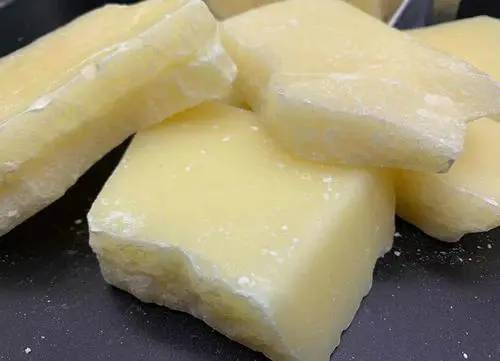
Study on the Preparation of High Carbon Fatty Alcohols by Ester Exchange Method
Chen Fang et al. carried out a study on the factors related to the preparation of high-carbon fatty alcohols by transesterification using furfuryl wax as the raw material. The results showed that the optimal conditions for the transesterification reaction were as follows: n-butanol as the solvent, the ratio of furfuryl wax to solvent was 10:1 (V /W), the reaction time was 8 h, the catalyst sodium hydroxide was at a concentration of 0.1%, and the extraction time was 12 h. The types and contents of the higher fatty alcohols in the products were determined by gas chromatography. The main components of the products were long-chain fatty alcohols, among which the contents of Octadecanol and tricosanol were the highest.
Reference:
[1] Zhang Guijun, Modern Practical Techniques for Identification of Traditional Chinese Medicines. Beijing: People's Health Publishing House, 2000
[2]Noa M, Herrera M, Magraner J, et al. Effect of policosanol on isoprenaline-induced myocardial necrosis in rats. J Pharm Pharmacol,1994,46:282~285
[3] Stusser R, Batista J, Padron R, et al. Long-term therapy with policosanol improves treadmill exercise-ECG testing performance of coronary heart disease patients. Int J Clin Pharmacol Ther, 1998,36(9): 469~473
[4] Arruzazabala ML, Carbajal D, Mas R, et al. Effects of policosanol on platelet aggregation in rats. Throm Res,1993,69:321~327
[5] A Laguna Grande (Cuba). Higher Aliphatic Borneol Mixtures Can Be Produced from Sugar Cane Wax and Their Pharmacological Applications. China, Patent Literature, 9310316516.1993.
[6] Xu Renpu. Development of Octacosanol Applications. Grain and Oil, 1997(4):19~24
[7] Ma Hailer, Yao Z., Wu Shouyi. Study on the Enrichment of Eicosanol Based on Supercritical Co₂ Extraction Technique. Journal of Agricultural Engineering, 2000,16(6):104~106
[8] You Pengcheng, Huang Shaolie. Supercritical Co₂ Extraction of Eicosanoids from Bagasse. Guangdong Chemical Industry, 2005, (10):35-37
[9]Hengtao Zhang, Weini Shi, Yanping Zhu Et Al. Supercritical Extraction of Eicosanoids from Apple Pomace. Cereals, Oils and Foodstuffs Science and Technology, 2006,14(5):32-34
-
Prev
A Step-by-Step Guide to Making Octadecanol Powder from Rice Bran Wax
-
Next
The 13 Incredibly Helpful Octacosanol Benefits


 English
English French
French Spanish
Spanish Russian
Russian Korean
Korean Japanese
Japanese